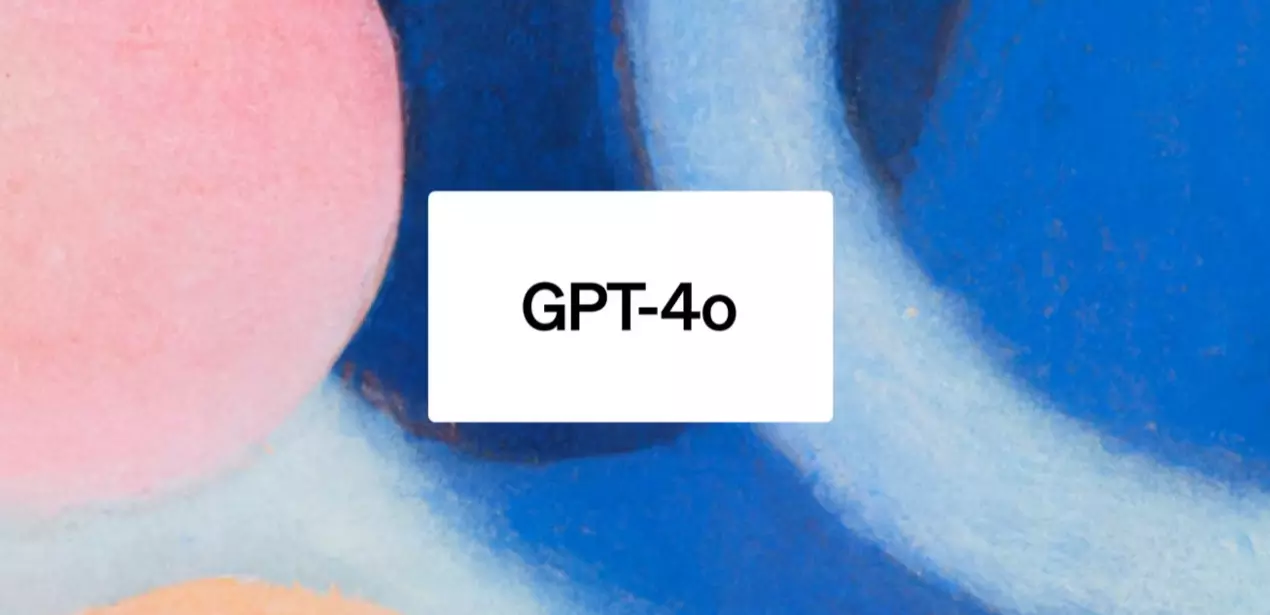
DMflow.chat
ad
DMflow.chat: Intelligent integration that drives innovation. With persistent memory, customizable fields, seamless database and form connectivity, plus API data export, experience unparalleled flexibility and efficiency.
OpenAI introduces fine-tuning for the GPT-4o model, allowing developers to customize AI models and significantly boost performance for specific applications. Organizations can receive 1 million free training tokens daily until September 23.

Fine-tuning enables developers to optimize the GPT-4o model using custom datasets, enhancing performance while reducing costs. This technology allows the model to:
Even with just a few dozen training examples, fine-tuning can significantly improve the model’s performance across various applications, from coding to creative writing.
All paid users can now access the GPT-4o fine-tuning feature. Here are the steps to get started:
The cost of fine-tuning GPT-4o is $25 per million tokens for training, with inference costs of $3.75 per million input tokens and $15 per million output tokens.
Additionally, fine-tuning is also available for GPT-4o mini. Developers can select “gpt-4o-mini-2024-07-18” from the base model dropdown menu to use this feature. OpenAI is offering 2 million free training tokens daily for GPT-4o mini until September 23.
Fine-tuning GPT-4o offers several key advantages:
OpenAI’s text generation models undergo pre-training on large datasets, and fine-tuning further enhances performance by allowing additional training on specific examples. Fine-tuned models require fewer examples in prompts, resulting in cost savings and quicker response times.
For more information on how to use fine-tuning, visit OpenAI’s Documentation.
For more details on fine-tuning model pricing, visit OpenAI’s Pricing Page.
Fine-tuned models are fully controlled by you, ensuring complete ownership of your business data. All inputs and outputs are secure and will not be shared or used to train other models. OpenAI has implemented multiple security measures, including automated security assessments and usage monitoring, to prevent misuse of fine-tuned models.
If you’re interested in exploring more options for model customization, contact OpenAI’s team for support. You can also check out some success stories to see how other partners have leveraged GPT-4o fine-tuning to solve unique use cases.
A1: Even with just a few dozen training examples, fine-tuning can significantly enhance model performance. However, the quality of the data is more important than the quantity.
A2: Yes, OpenAI has implemented multiple security measures, including automated security assessments and usage monitoring, to ensure the safe use of fine-tuned models.
A3: Fine-tuning can be applied across a wide range of fields, from coding to creative writing, covering almost any application that requires natural language processing.
A4: You can evaluate the model’s performance by comparing the results before and after fine-tuning. OpenAI provides evaluation tools and guides to help you quantify the improvements.
A5: No, fine-tuning creates a new, independent model version and does not affect the functionality or performance of the original GPT-4o.

DMflow.chat: Intelligent integration that drives innovation. With persistent memory, customizable fields, seamless database and form connectivity, plus API data export, experience unparalleled flexibility and efficiency.
7-Day Limited Offer! Windsurf AI Launches Free Unlimited GPT-4.1 Trial — Experience Top-Tier AI N...
Eavesdropping on Dolphins? Google’s AI Tool DolphinGemma Unlocks Secrets of Marine Communication ...
WordPress Goes All-In! Build Your Website with a Single Sentence? Say Goodbye to Website Woes wit...
The Great AI Agent Alliance Begins! Google Launches Open-Source A2A Protocol, Ushering in a New E...
Llama 4 Leaked Training? Meta Exec Denies Cheating Allegations, Exposes the Grey Zone of AI Model...
Meta Drops a Bombshell! Open-Source Llama 4 Multimodal AI Arrives, Poised to Challenge GPT-4 with...

Meta Launches AI Video Generator: Challenging OpenAI and Google as the AI Race Intensifies Overv...
Farewell GPT-4! OpenAI Announces Major Update as GPT-4o Takes the Lead The wave of artificial...
Still Searching for Info Manually? Google NotebookLM’s New “Discover Sources” Feature Lets AI Do ...
By continuing to use this website, you agree to the use of cookies according to our privacy policy.